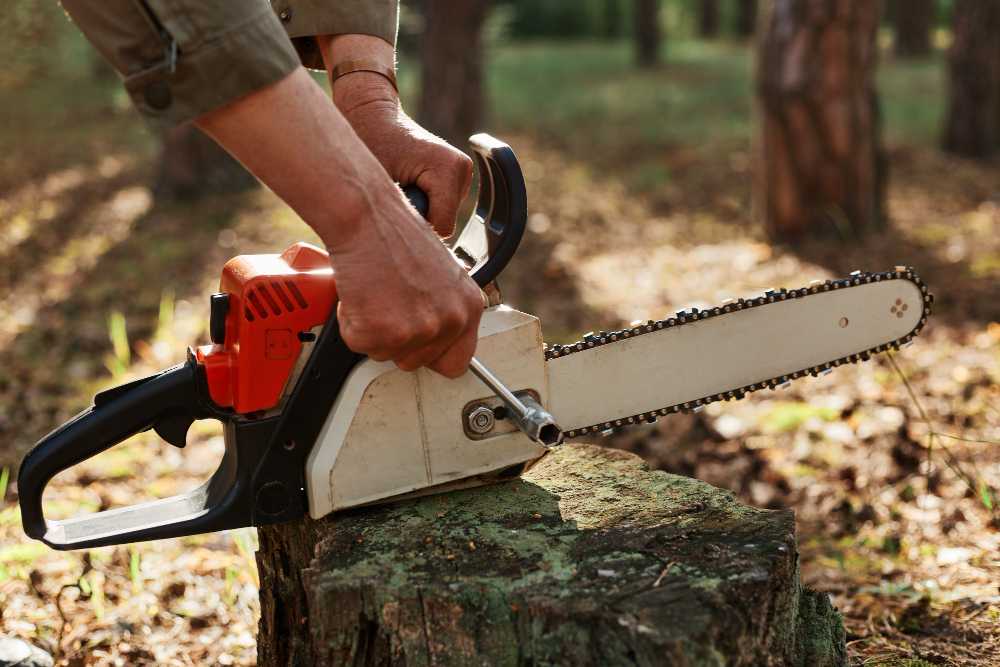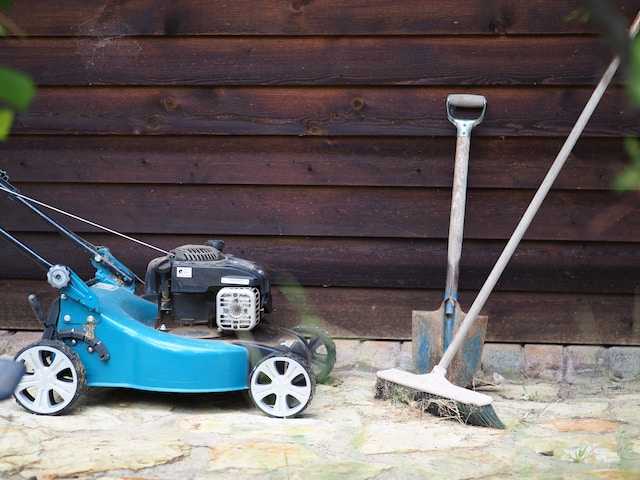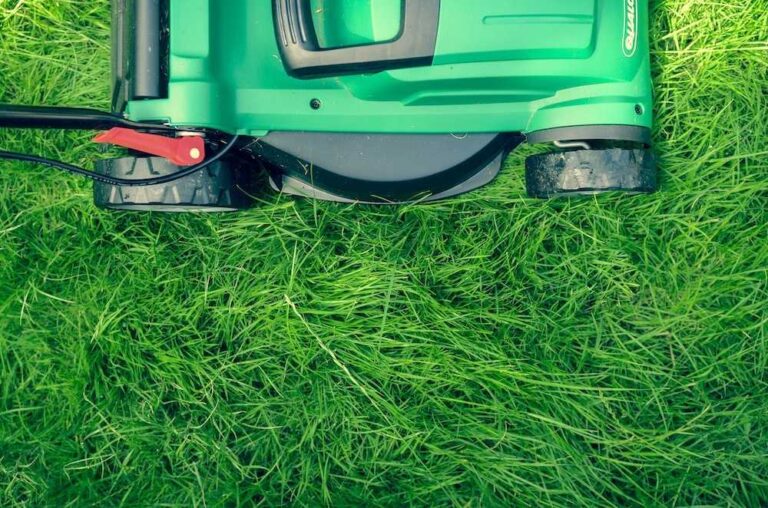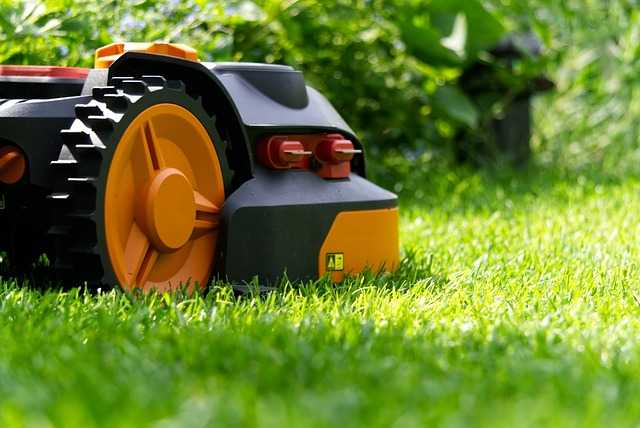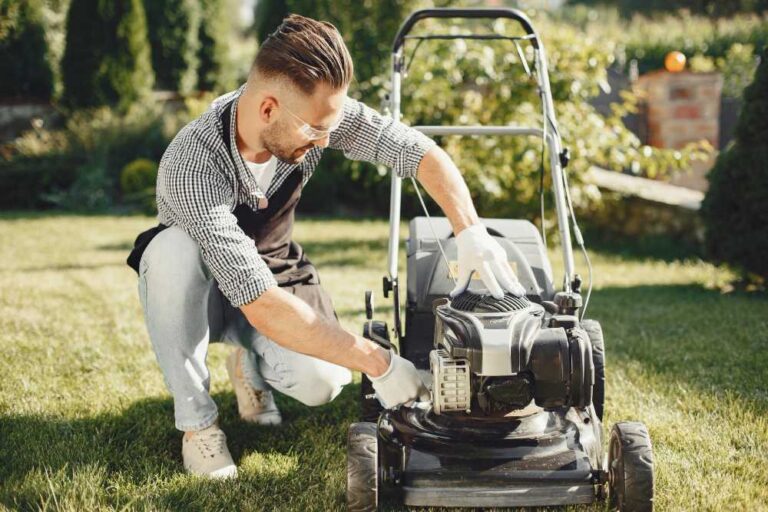A Guide to Understanding Chainsaw Chain Direction of Travel
A chainsaw is essential for various tasks such as cutting firewood, trimming trees, and even professional logging. One crucial aspect of operating a chainsaw effectively and safely is understanding the chain’s direction of travel. The direction in which the chain moves has significant implications for the efficiency of cutting, safety, and the overall performance of the chainsaw.
Whether a seasoned pro or a DIY enthusiast, our comprehensive guide will help you revolutionize your chainsaw experience by getting the chain direction right from the start:
The Basics of Chainsaw Chain Direction: Anatomy of a Chainsaw Chain
Before we dive into the correct direction of travel, understanding the basic anatomy of a chainsaw chain is essential. A typical chainsaw chain consists of several components, including:
- Cutter Teeth: The sharp, cutting teeth that remove material from the wood.
- Depth Gauges: Protrusions in front of each cutter tooth that control the depth of the cut.
- Drive Links: The links that engage with the sprocket and drive the chain around the guide bar.
- Rivets: Connectors that hold the links together.
Chainsaw Chain Direction: Which Way Should It Go?

Chainsaw chain direction of travel refers to the movement of the chain around the guide bar. Chainsaw chains are designed to cut when moving in one specific direction. Chainsaw chains move either in a clockwise or counterclockwise direction, depending on the chainsaw model and design. Most chainsaws have a clockwise chain rotation, implying the chain moves from the top of the bar to the bottom. However, some models, especially those designed for specific applications, may have a counterclockwise chain rotation.
Clockwise Chainsaw Chains
Most chainsaws in the market have a clockwise chain rotation. This means that when the chainsaw is in operation, the chain moves from the top of the bar to the bottom. Clockwise chains are widely used in various applications, from domestic tasks to professional forestry work.
Advantages:
- Widespread Availability: Clockwise chains are the standard for many chainsaw models, making replacement chains and parts readily available.
- Versatility: Clockwise chains are versatile and suitable for a wide range of cutting tasks, from simple pruning to heavy-duty logging.
Proper Usage Tips:
- Maintain Chain Tension: Proper tension is critical for the performance and safety of a chainsaw. Regularly check and adjust the chain tension to ensure it is within the manufacturer’s recommended specifications.
- Regular Sharpening: Keeping the chain sharp is essential for efficient cutting. Regularly sharpen the cutting teeth and maintain consistent depth gauge settings.
Counterclockwise Chainsaw Chains
Some chainsaw models, particularly those designed for specific applications or unique cutting circumstances, may have a counterclockwise chain rotation. This design choice aims to address specific challenges or enhance performance in certain scenarios.
Advantages:
- Specialized Cutting Needs: Counterclockwise chains may be preferred in situations where a unique cutting approach is required. This could include specialized woodworking or applications where a counterclockwise rotation provides a distinct advantage.
- Reduced Kickback Risk: Counterclockwise chains have a design that minimizes the risk of kickback in specific cutting situations.
Proper Usage Tips:
- Understand the Application: When using a chainsaw with a counterclockwise chain, it’s crucial to understand the specific applications for which it is designed. This knowledge ensures that the chainsaw is used appropriately and safely.
- Follow Manufacturer Guidelines: Always adhere to the manufacturer’s guidelines regarding maintenance, lubrication, and safety when using a chainsaw with a counterclockwise chain.
Importance of Chainsaw Chain Direction
The importance of chainsaw chain direction lies at the core of safe and effective chainsaw operation. Understanding and adhering to the correct direction of the chainsaw chain is paramount for several key reasons:
1. Safety First
Using a chainsaw with the chain moving in the wrong direction significantly increases the risk of kickback. Kickback occurs when the chain’s nose encounters an obstruction, causing the chainsaw to recoil toward the operator. Correct chain direction minimizes this risk, enhancing user safety.
2. Optimal Cutting Performance
Chainsaw chains are engineered with a specific orientation to ensure efficient cutting. The cutting teeth, designed to slice through wood effectively, work at their best when moving in a designated direction. This enhances the quality of cuts and makes the cutting process smoother and more efficient.
3. Reduced Effort and Fatigue
Incorrect chain direction not only compromises the quality of cuts but also increases the effort required for the cutting process. When the chainsaw chain moves in the correct direction, the cutting process requires less effort from the operator. This reduces fatigue during extended use and allows for more precise control over the chainsaw, resulting in improved overall performance.
4. Prevention of Premature Wear
Operating the chainsaw with the chain moving in the right direction helps prevent premature wear on the chain, guide bar, and other components. Proper alignment ensures that the chain engages with the sprocket and guide bar in a way that minimizes friction and extends the life of the equipment.
5. Manufacturer Recommendations
Chainsaw manufacturers provide specific guidelines for the correct chain direction for each model. Adhering to these recommendations ensures that the chainsaw operates within its intended design, promoting longevity and maintaining warranty validity.
6. Efficient Fuel Consumption
Operating the chainsaw with the correct chain direction can contribute to more efficient fuel consumption. Smooth, efficient cutting reduces the strain on the engine, optimizing fuel usage and promoting environmental sustainability.
7. Compliance with Industry Standards
Following the correct chain direction aligns with industry standards and best practices. Whether in forestry, construction, or other applications, adherence to established guidelines ensures that chainsaw users contribute to a safer and more standardized working environment.
Overall, the correct direction of the chainsaw chain is not merely a technical detail but a critical factor in ensuring the safety of operators, promoting efficient cutting, and prolonging the life of the chainsaw. Regular checks, adherence to manufacturer guidelines, and user awareness of the importance of chain direction collectively contribute to a safer and more productive chainsaw operation.
How to Ensure Your Chainsaw Chain Direction Is Right
Ensuring your chainsaw chain is moving in the correct direction is vital for safe and effective operation. Here are some key tips to help you make sure your chainsaw chain direction is right:
1. Refer to the User Manual
Every chainsaw comes with a user manual provided by the manufacturer. This manual contains essential information about the chainsaw’s operation, including the correct direction of travel for the chain. Take the time to read the manual thoroughly before operating your chainsaw. Look for specific instructions regarding the chain direction and any other safety guidelines.
2. Inspect the Chain Orientation
Before starting the chainsaw, visually inspect the chain’s orientation around the guide bar. The cutting teeth should be facing forward, moving away from the saw body. Ensure that the drive links engage properly with the sprocket and that the chain wraps around the guide bar in the designated direction.
3. Check for Chain Arrows or Markings
Some chainsaw chains have arrows or markings on them to indicate the correct direction of travel. Look for these indicators on the chain itself. If there are arrows, ensure that they are pointing in the direction of the chainsaw’s movement.
4. Examine the Cutter Teeth
The cutting teeth on the chainsaw chain are designed to cut efficiently in a specific direction. Look closely at the teeth and note their orientation. The sharp edge of each tooth should be pointing forward, indicating the direction in which the chain should move during operation.
5. Verify with Manufacturer Recommendations
Check the manufacturer’s recommendations for your specific chainsaw model. Manufacturers may have variations in design or specific features that require attention. Visit the manufacturer’s website or contact their customer support for any additional information or clarifications.
6. Consult Experienced Users
If you are still unsure about the direction of travel, seek advice from experienced chainsaw users or professionals. Local hardware stores, online forums, or community groups dedicated to chainsaw users can be valuable resources. Share pictures or details about your chainsaw chain with experienced users and ask for their insights.
7. Perform a Test Cut
Before engaging in heavy-duty cutting tasks, perform a test cut on a small piece of wood. This will let you observe the cutting performance and ensure the chain is moving in the right direction. Pay attention to the ease of cutting and the quality of the cut. If you notice any unusual behavior or resistance, stop immediately and reassess the chain’s direction.
8. Regularly Inspect and Maintain
Make chain direction verification a part of your regular chainsaw maintenance routine. Before each use, inspect the chain, guide bar, and sprocket for any signs of wear, damage, or incorrect alignment. Regularly sharpen the chain, adjust tension as needed, and ensure proper lubrication to enhance overall chainsaw performance.
By following these steps and staying attentive to the details, you can confidently ensure that your chainsaw chain is moving in the correct direction, promoting both safety and efficiency during operation. Always prioritize safety, and if you ever have doubts, consult the manufacturer or a qualified professional for guidance.
The Bottom Line
Understanding the direction of travel of a chainsaw chain is fundamental to safe and effective operation. Whether a chainsaw has a clockwise or counterclockwise chain rotation, users must be aware of the implications for cutting performance, safety, and maintenance. Proper usage, regular maintenance, and adherence to safety guidelines contribute to a positive chainsaw experience, ensuring both efficiency and user well-being.
In conclusion, the direction of a chainsaw chain is not just a technical detail but a critical factor that influences the entire chainsaw experience. Whether you are a casual user or a seasoned professional, taking the time to understand and respect the direction of travel is a step toward safer, more efficient chainsaw operation.
